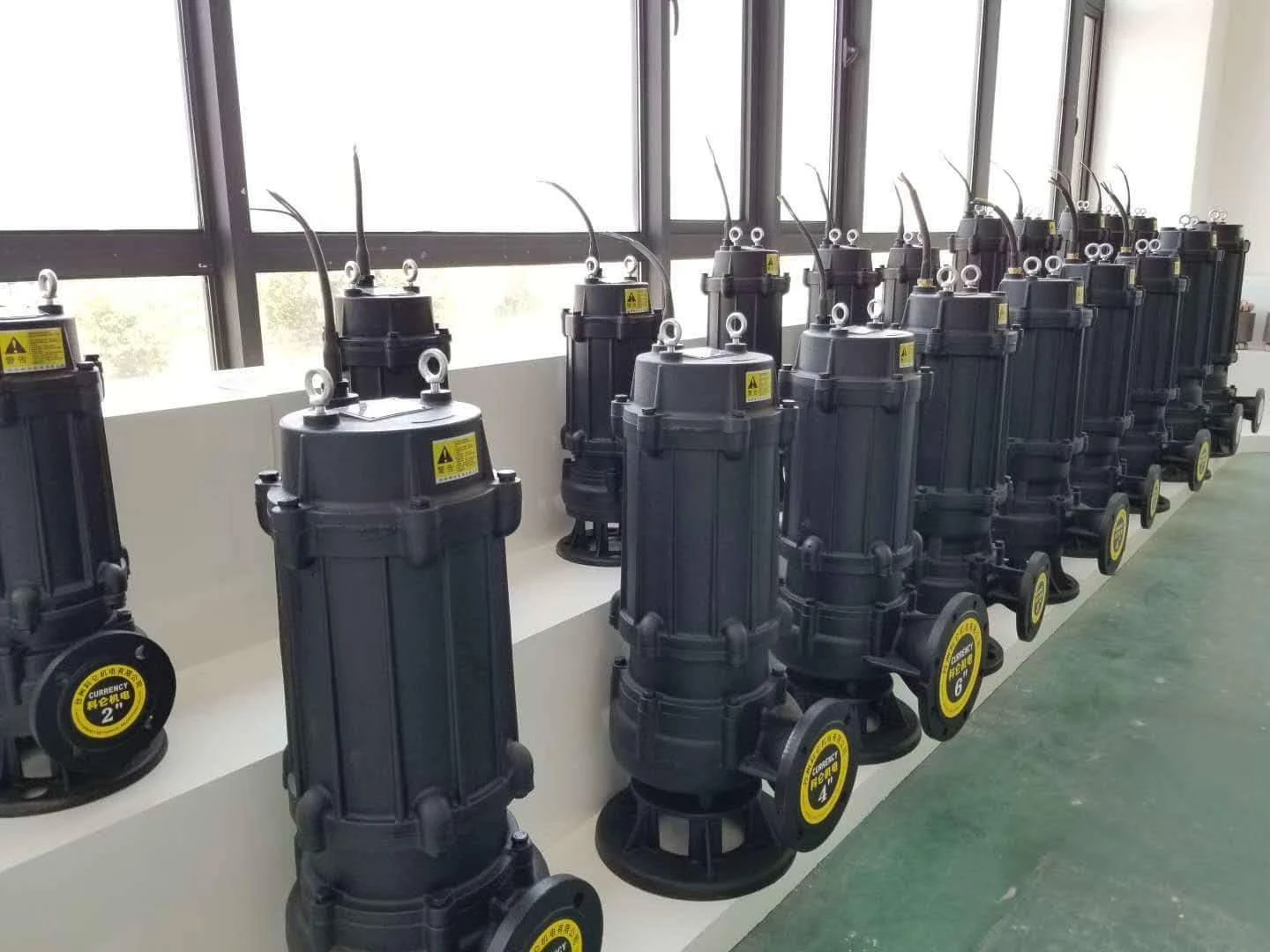Esperanto
- Afrikaans
- Albanian
- Amharic
- Arabic
- Armenian
- Azerbaijani
- Basque
- Belarusian
- Bengali
- Bosnian
- Bulgarian
- Catalan
- Cebuano
- Corsican
- Croatian
- Czech
- Danish
- Dutch
- English
- Esperanto
- Estonian
- Finnish
- French
- Frisian
- Galician
- Georgian
- German
- Greek
- Gujarati
- Haitian Creole
- hausa
- hawaiian
- Hebrew
- Hindi
- Miao
- Hungarian
- Icelandic
- igbo
- Indonesian
- irish
- Italian
- Japanese
- Javanese
- Kannada
- kazakh
- Khmer
- Rwandese
- Korean
- Kurdish
- Kyrgyz
- Lao
- Latin
- Latvian
- Lithuanian
- Luxembourgish
- Macedonian
- Malgashi
- Malay
- Malayalam
- Maltese
- Maori
- Marathi
- Mongolian
- Myanmar
- Nepali
- Norwegian
- Norwegian
- Occitan
- Pashto
- Persian
- Polish
- Portuguese
- Punjabi
- Romanian
- Russian
- Samoan
- Scottish Gaelic
- Serbian
- Sesotho
- Shona
- Sindhi
- Sinhala
- Slovak
- Slovenian
- Somali
- Spanish
- Sundanese
- Swahili
- Swedish
- Tagalog
- Tajik
- Tamil
- Tatar
- Telugu
- Thai
- Turkish
- Turkmen
- Ukrainian
- Urdu
- Uighur
- Uzbek
- Vietnamese
- Welsh
- Bantu
- Yiddish
- Yoruba
- Zulu
Telephone: +86 13120555503
Email: frank@cypump.com
dec . 10, 2024 08:39 Back to list
best pump for slurry
Choosing the Best Pump for Slurry Applications
When it comes to transporting abrasive mixtures like slurry, selecting the right pump is crucial. A slurry, which typically consists of solid particles suspended in a liquid, poses unique challenges that standard pumps may not handle effectively. From mining and mineral processing to wastewater treatment and construction, the demand for efficient slurry handling systems is on the rise. In this article, we will explore the different types of pumps suitable for slurry applications, their advantages, and factors to consider when choosing the best pump for your specific needs.
Types of Slurry Pumps
1. Centrifugal Pumps These pumps utilize a rotating impeller to impart velocity to the slurry. They are often used in applications where the slurry has a lower concentration of solids. However, centrifugal pumps may not perform well with highly viscous slurries or those containing large particles.
2. Positive Displacement Pumps This type of pump moves slurry by trapping a fixed volume and forcing it into the discharge pipe. Positive displacement pumps are ideal for high-viscosity slurries and those containing larger particles. They provide consistent flow rates and can maintain performance even at varying discharge pressures.
3. Submersible Pumps These pumps are designed to operate while submerged in the slurry. They are typically used in applications where pumping from deep pits or tanks is required. Submersible pumps can handle thick and viscous slurries, making them suitable for mining and construction sites.
4. Diaphragm Pumps Commonly used for hazardous or corrosive slurries, diaphragm pumps utilize a flexible diaphragm to move fluid. These pumps are excellent for waste management in chemical processing or mining industries.
5. Vertical Pumps Vertical pumps can be advantageous in applications where space is limited. They are often used for pumping slurry from pits or tanks, enabling the efficient transfer of materials in confined spaces.
Key Considerations
When selecting the best slurry pump for your application, several factors should be assessed
best pump for slurry

1. Slurry Composition The composition of the slurry—including the size, shape, and density of the solid particles—will dictate the type of pump suitable for handling it. If the slurry contains large particles, a positive displacement or diaphragm pump may be more efficient.
2. Viscosity Viscosity affects the ease of movement through the pump. Thumb rules indicate that higher viscosity slurries typically require pumps capable of generating higher pressures.
3. Flow Rate and Head Pressure Understanding the required flow rate and the head pressure needed to transport the slurry is essential. Calculate the total dynamic head (TDH) for the specific system setup to choose a pump that meets these parameters efficiently.
4. Material Compatibility The materials used in constructing the pump should be compatible with the slurry to prevent corrosion or wear. For instance, rubber-lined pumps are suitable for abrasive slurries, while stainless steel may be more appropriate for corrosive materials.
5. Pump Efficiency and Reliability Look for pumps known for their efficiency in handling slurries with minimal maintenance. A reliable pump will reduce downtime, increase productivity, and save costs in the long run.
6. Operational Environment Consider the operational environment, including temperature and pressure ranges. Some pumps are designed to withstand extreme conditions, while others are suited for standard operating environments.
Conclusion
Selecting the best pump for slurry applications requires careful consideration of several factors, including the slurry composition, viscosity, required flow rate, and material compatibility. Understanding the pros and cons of various types of pumps—such as centrifugal, positive displacement, submersible, diaphragm, and vertical pumps—can greatly influence operational efficiency and long-term success. By assessing the unique requirements of your application, you can choose a pump that not only meets your immediate needs but also provides reliable performance for years to come.
Investing in the right pump can lead to significant operational improvements, ensuring smoother and more efficient handling of slurries across industries. Whether in mining, wastewater management, construction, or mineral processing, the right pump is key to maximizing productivity and minimizing operational challenges.
-
Double Suction Pumps High Efficiency & ANSI Reliability
NewsJun.07,2025
-
Vertical Submersible Sewage Pump Supply Durable & Efficient
NewsJun.07,2025
-
China Interchangeable Slurry Pumps High-Compatibility Spare Parts & Durability
NewsJun.06,2025
-
Efficient Ejection Pumps for Sewage Systems Reliable & High-Power
NewsJun.06,2025
-
Top-Performing Hot Sale Clean Water Double Suction Pump Reliable Design
NewsJun.06,2025
-
High Chrome A05 Slurry Pump Volute Liner Spare Parts
NewsJun.06,2025










